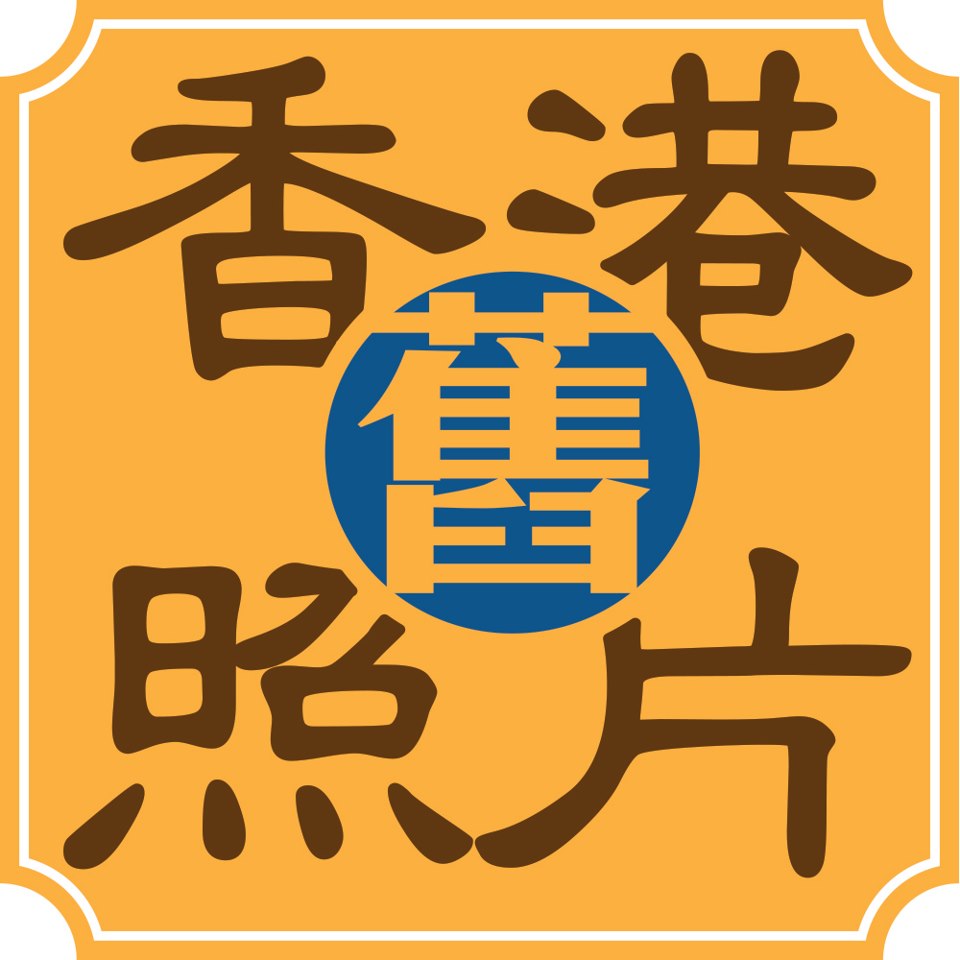我們需要香港歷史
我們並不熟悉香港歷史。
殖民地及回歸時代,中小學必修課程沒有香港歷史。或許,對於中國或世界歷史,我們瞭如指掌;但對於土生土長的香港故事,卻一無所知。例如六十年代,我們認識中國開始了文化大革命,卻不知道香港有六七暴動;五十年代末期,我們認識中國有三年大饑荒,卻不知道香港曾經接收了大批南來難民。缺乏歷史的知識,對於評估今日香港的諸多問題,實有欠缺,例如:
一、忽略建築物的歷史價值,而肆意拆毀;
二、忽略維多利亞港的歷史價值,而不斷填海;
三、不能鑒古知今,認識極端政治的遺害;
四、不能建立歸屬感,市民離心力愈來愈大。

舊照片的歷史價值
近年,香港人愈來愈重視香港歷史,不少學者亦出版歷史書,有助於積累知識,追本溯源。然而,不愛閱讀人士,始終較少機會認識香港歷史。隨著網路年代的發展,由個人網頁、Blog、Facebook、Instagram,人們逐漸習慣以圖代文,互動式的資訊發佈有助於普及香港歷史,一張舊照,幾個讚好,幾個分享,便能傳播千里,無遠弗屆。舊照片是認識歷史的靈魂,能夠反映史實,間中或許有偽造、加工,惟參較幾張同一時代的照片,則基本上反映一時一地面貌,較之文字,更能於人們心目中烙下深刻印象。在科技演進的前提下,為歷史的普及奠定鞏固的基礎。

政府百年版權限制
香港政府對推廣歷史不遺餘力,無論歷史、文化、海防、藝術博物館皆不定期舉辦歷史展覽,有助港人認識往事。然而,這類專題展覽並非經常出現,常設展覽又不時常更新,造成港人難以接觸歷史。另外,政府檔案處、公共圖書館、歷史博物館雖然擁有大量一手珍貴舊照片、文獻及地圖,但索閱多有不便,若非多有閒暇,並不輕易可飽覽資料。再者,香港政府擁有一百二十五年版權,按照法理,普羅大眾不能複製、展示公元一八八八年或以前的文獻,而當局只出版少數珍藏,導致港人只能望門興嘆,無法一窺全豹。

《香港法例.第528章.第16條》,按此閱讀
網上平面博物館
本人於二零零六年開始網上搜集舊照,隨著科技發展,遂於二零一二年八月開設專頁,上載舊照。透過網路平台的特點,讓有意飽覽往昔風貌的香港人,無論何時、何地,只要上網,便能懷緬過去,展望將來。鑒於版權法例及網站特色,設站不久,開始了搜集一手照片及明信片的運動,時至今日,除新舊對照外,超過九成全是港人捐贈的照片。二零一三年八月,本網又設立網頁,邀請不少前輩撰文,分享舊聞掌故;又獲得幾位青年支持,炮製專題作品,我們都是熱愛香港的一群,期望網民欣賞舊照、瀏覽網站的同時,透過舊照,認識香港歷史。
Hong Kong Needs its Own History
Not many of us are familiar with the History of Hong Kong
During the colonial period and after the handover, Hong Kong’s local history was never included as part of the compulsory history syllabus in primary and secondary school curriculum. Instead of learning about the history of our own city, more emphasis was placed on Chinese and world history. We read about the Cultural Revolution in China in the 60s, but not about the 1967 Hong Kong Riots; we learnt about the three years ofserious famine in China in the late 50s, but not about how Hong Kong had accepted a large number of refugees from the south in the same period. The lack of historical knowledge of our own city is reflected in the numerous challenges Hong Kong face today:
1. Ignoring the historical value of architecture, thus demolishing them with ease;
2. Ignoring the historical value of Victoria Harbour, thus constantly carrying out reclamation projects;
3. Failing to understand the present by the past experience and to recognize the impact of extreme politics;
4. Failing to build a sense of belonging to Hong Kong.
The Value of Old Photos
Hong Kong people have started to treasure our history in the recent years. Scholars are publishing history books, helping to gather relevant knowledge and tracing our genesis. On the other hand, those who not often read have a relatively smaller opportunity to understand local history. With the advancement of technology, from personal webpage and blog to Facebook and Instagram, we became more stimulated by images than words. A few “likes” and “share” of an old photo would already be able to spread the awareness of Hong Kong history. Old photos, reflecting historical facts, are the soul of history. Although occasionally there might be counterfeit or enhanced photos, they could still reflect the overall landscape when comparing with photos from around the same period. To most, photos are more impressive than chunks of passages. Old photos are forming the novel foundation of popularizing local history.
Hong Kong Government’s Copyright Restriction
The Hong Kong government has been making considerable effort at promoting history: the history, cultural, maritime, and art museums hold numerous exhibitions. Yet, those themed exhibitions are sporadic and permanent exhibitions are seldom renewed. These short comings further separate the public from learning about the past. Government Records Service, public libraries and history museums do hold a large collection of rare first-hand old photos, literature and maps; but the index is so complicated that ordinary citizens cannot easily browse through information or won’t even be bothered to do. Moreover, the Hong Kong Government’s 125-year copyright law limits the spread of published materials. According to the law, the general public cannot copy or exhibit any literature on or before the year1888. The government only published very small portions of its rare literature, so the majority of the public could only imagine the grand collection.
An Online Museum
I started looking for old photos in 2006 and eventually began uploading them to a Facebook page I created in August 2012. It allows anyone interested in Hong Kong’s exotic past to look at my collection in anytime, anywhere. Due to the copyright law and the feature of Facebook pages, we started looking for first-hand photos and postcards soon after launching the Facebook page. Apart from the comparison of new and old urban landscape, more than 90 percent of the collection is contribution from Hong Kongers. Hong Kong Old Photo’s own website was launched in August 2013 in order to feature stories told by an older generation of Hong Kongers. With the help of a few dedicated young volunteers, issue-focused research was conducted to examine Hong Kong’s story.
We all love Hong Kong wholeheartedly. It is our hope that through these old photos, Internet users can gain more historic perspectives of our beloved city.
(Translation/ 翻譯: Milia Hau, Vivian Ngo)
